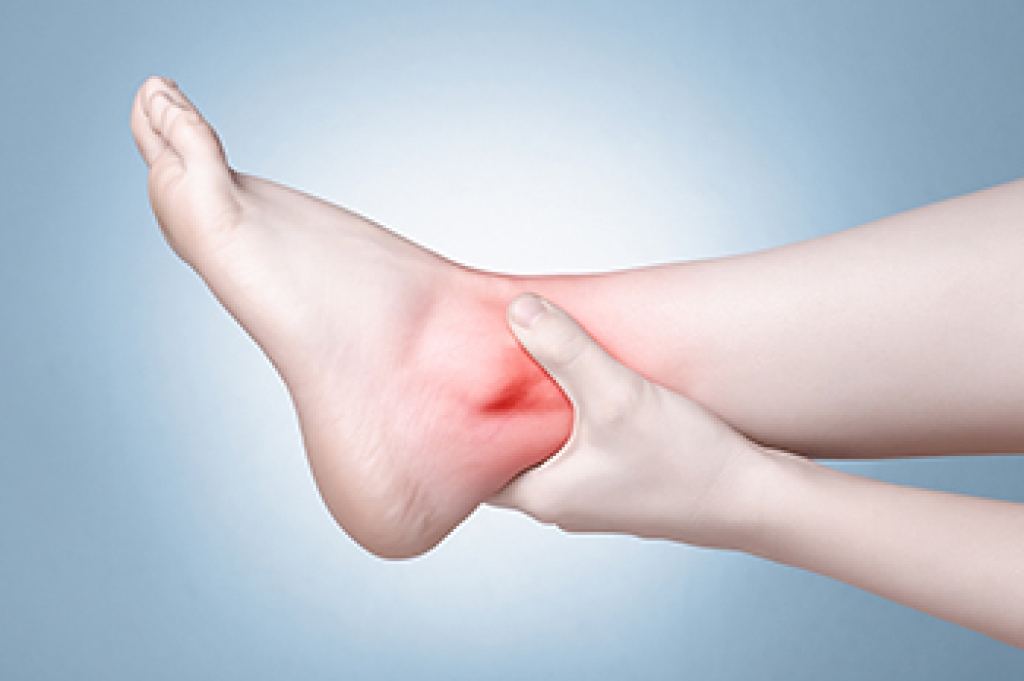 Research has indicated that an elevated body mass index may affect the structure of the foot. A common foot condition in overweight people is plantar fasciitis. This can happen as a result of the feet enduring the weight of the body, and the arches are generally affected. Obesity may lead to diabetes and poor circulation, and these ailments can cause serious foot conditions. It is beneficial to implement a healthy lifestyle which is conducive to maintaining a normal weight. This can consist of performing a gentle exercise routine, drinking plenty of water daily, and eating fruits and vegetables. If you are overweight and have pain in your feet, it is strongly suggested that you are under the care of a podiatrist who can help you to manage your foot pain.
Research has indicated that an elevated body mass index may affect the structure of the foot. A common foot condition in overweight people is plantar fasciitis. This can happen as a result of the feet enduring the weight of the body, and the arches are generally affected. Obesity may lead to diabetes and poor circulation, and these ailments can cause serious foot conditions. It is beneficial to implement a healthy lifestyle which is conducive to maintaining a normal weight. This can consist of performing a gentle exercise routine, drinking plenty of water daily, and eating fruits and vegetables. If you are overweight and have pain in your feet, it is strongly suggested that you are under the care of a podiatrist who can help you to manage your foot pain.
The more you weigh, the harder your feet must work to support your body. If you’re an obese individual and are concerned about your feet, contact one of our podiatrists from Premier Ankle & Foot Specialists. Our doctors can provide the care you need to keep you pain-free and on your feet.
Obesity and Your Feet
People who are overweight are putting more pressure on their ankles, knees, and hips as well as their feet. This unfortunately can lead to variety of different issues.
Problems & Complications Stemming from Obesity
- When the body is overweight, it tries to compensate by changing the way that it moves. An obese person may lean forward and put extra weight on the wrong part of the foot. This puts unnecessary stress on the feet.
- Obese people are also more likely to develop type II diabetes which is a condition that causes a lot of foot problems. People with diabetes often don’t feel the cuts and sores that they may have on their feet, which can lead to more complicated and severe issues.
- Plantar fasciitis is another foot condition that can be caused by obesity. Plantar fasciitis is an inflammation of the tissue along the bottom of the foot, which causes pain and stiffness while walking and climbing stairs.
If you have any questions please contact our offices located in South York, West York, and East York, PA . We offer the newest diagnostic and treatment technologies for all your foot and ankle needs.




